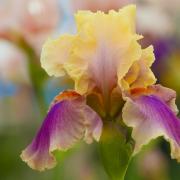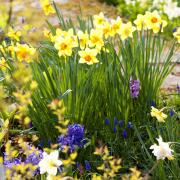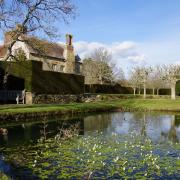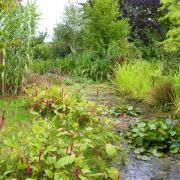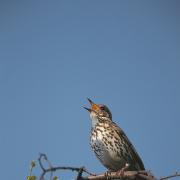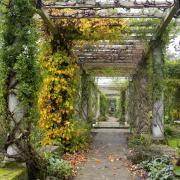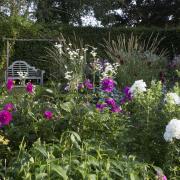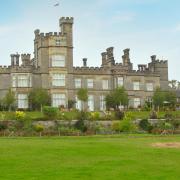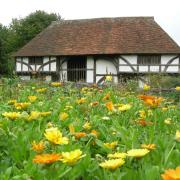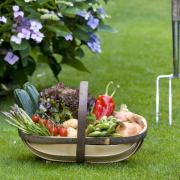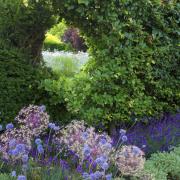Botanical artist Paula Joyce uses her garden to create paintings which combine her passion for flowers and art. Leigh Clapp discovers the secrects of her success...
Sussex Life
GARDENS and plants have been a source of inspiration for artists throughout the centuries. Flowers appeared in motifs and decorations of the earliest civilisations and continue to be a major influence in our environment today. Flowers, plants and gardens have been both the main subject for artists and also used as symbolic accessories, background and decorations.
The botanical artist aims to capture the subject's essence and present accurate detail of its form. But it is the fine balance of technical skill and artistic licence that sets the good from the ordinary, juxtaposing scientific documentation with art. Whether the artists are true plant explorers, travelling to remote areas of the world or working in their own garden or studio, their paintings continue to inspire and educate us.East Sussex artist, Paula Joyce, both exhibits and teaches her art. "I have painted flowers for as long as I can remember and remain fascinated by the enormous variety and beauty of plants, whether they are from my garden, the countryside or are exotic hothouse specimens", she explains.
Why move to Sussex? Until six years ago Paula had a parallel career in an office in London before retiring and moving to the countryside where she could develop a garden and have room for a studio to paint and teach. After a long hunt, Paula and a friend Nita Franklin sold their respective homes and pooled their resources to find a country home with panoramic views over the Brede Valley towards Winchelsea. Rather than a heavily designed garden, it is a flowing, relaxed garden set within lovely rolling countryside.
The lower part of the three-quarter acre garden was well established and they have added a Japanese corner and some new beds and planting. A rose and clematis covered pergola links a vegetable and flower garden with a lawned area and pond in the top garden. Snaking around the pond and lawn is a dry creek bed planted with sun-loving plants.Each plant is appreciated for its unique qualities. "We are individual flower and plant lovers - if we see something we like, we will find room for it", says Paula. The whole garden has matured and is full of common and unusual plants ready to be enjoyed by friends and students alike. "Whatever the season there is always something of interest," she adds. "Even on the darkest winter day I can usually find several flowers or an interesting decaying leaf to paint. I am not a botanist so I use my eyes to observe and appreciate the variety of shapes, colours and the detail of each plant. Whether painting clematis, a mushroom or a shiny rose hip - I am iin seventh heaven."
01858 438832
Patience and persistenceSelf-taught, Paula enjoys the slow, detailed work needed to produce finely rendered, realistic paintings of flowers, fruit and leaves. Paula's career in botanical painting started in a very low-key way, gradually building to exhibitions and commissions. Working near the Royal Horticultural Society in London led to exhibiting at some of the winter shows and being awarded medals for botanical accuracy and artistic merit. A stand at the Chelsea Flower Show raised Paula's profile further and designing greeting cards and illustrating books adds to her work. As a founder member of the Society of Botanical Artists, Paula also helps to organise exhibitions. "People are drawn to botanical painting through their love of plants and their desire to achieve attractive and botanically correct paintings. It is not an easy discipline and before learning the particular techniques that will help them, they do need experience of both drawing and painting in watercolour", says Paula.
Contact detailsPaula Joyce, Botanical Watercolour ArtistBrede, Tel: 01424882095E-mail: paulajoycesba@aol.comWeekend Courses April-November



